Last-Minute NYC Holiday Gift Guide 🎁
We’ve created a holiday gift guide with presents for the intrepid New Yorker that should arrive just in time—


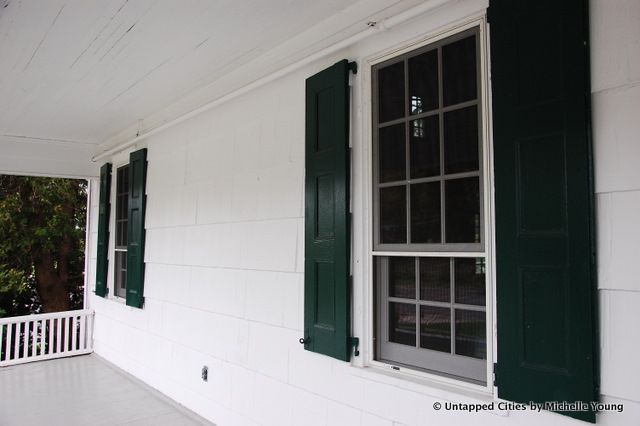
The mass production of housing that began in post-WWII American suburbs dramatically changed the architecture of residential housing from both a design and manufacturing perspective. Enabled by a frame and enclosure construction system, standardization was king and an entire industry of suppliers emerged to service this economy.
In a reaction against the homogeneity of suburbs and out of a demand for luxury as purchasing power increased, developers began to design “upscale” suburban homes with details derived from an amalgamation of historical styles. Homes are now not only a nonsensical agglomeration of housing traditions, details are added on as patina without thought to their original functional purpose. While this analysis can be applied to many aspects of the house, including the façade, which is the most obvious (often a superficial layer of brick or stone), the detail I have recently been most focused on is the window shutter.
In Observations for Young Architects

, architect Cesar Pelli writes:
“Form-giving needs to continually test itself against the possibilities of construction or it degenerates. People expect a basic consistency between the appearance and the reality of what they see. We can all tolerate a certain level of misinformation of deception, and, if it is clever, we are amused by it, but on the whole we want the world to be coherent and truthful. “
But the extent of the window shutter deception seems to suggest that we (at least Americans) are more tolerant of misinformation than even Pelli thinks. The shift in the semiotics of the window shutter is not only telling of the evolution from handcrafted homes to mechanized production, but also to the continuing disconnection between architecture and reality. In the process, the window shutter has been completely removed from its original functional purpose.
I grew up in suburb of Long Island where the prevailing housing tradition was of vinyl siding and window shutters, in an attempt to mimic the wooden structures of the Colonial period that form the core of the town center. The most famous post war suburb, Levittown, also on Long Island also featured this style. As a child and even as an art history major, I perceived shutters as decorative, noting them merely for color. Last year, a European asked me why our window shutters were “fake.” The question floored me because I had never cognitively considered American window shutters as functional.
I recently decided to catalogue the various cognitive dissonances that have occurred with the current use of the shutter. These examples are based on houses from my town on Long Island. The prevalence of blinds, shades and screens on the interior of windows render shutters less functional. Window shutters are often not in proportion to the windows at all, likely selected because mass manufacturing determined standard widths or that size of windows were prioritized over proportion. Instead of varying the width to the window, the same width is used throughout the house:
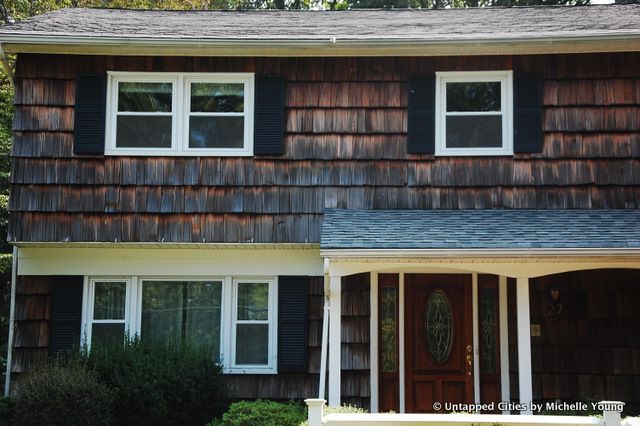
Too Narrow:
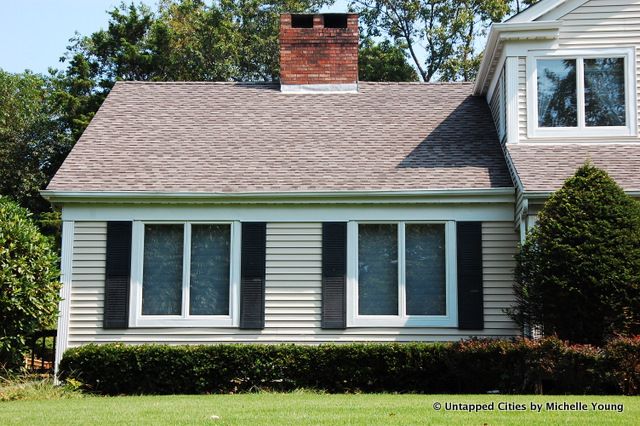
Way too narrow:
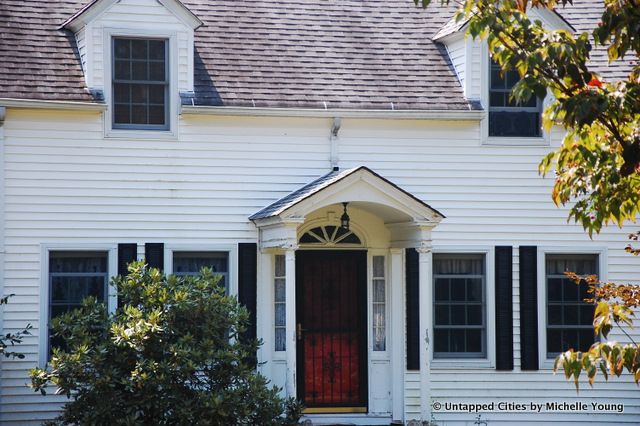
The Double Wide:
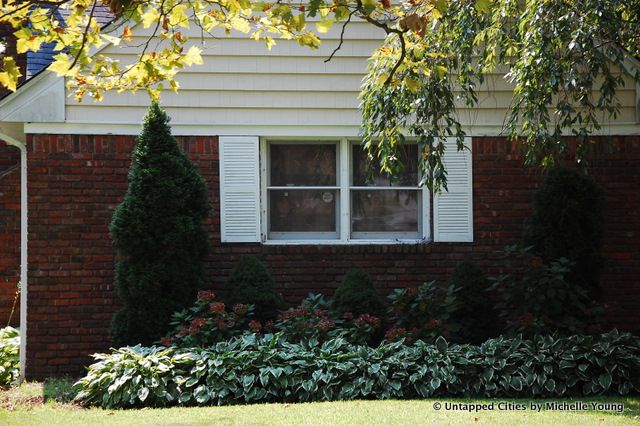
The Triple and Quadruple Wide:
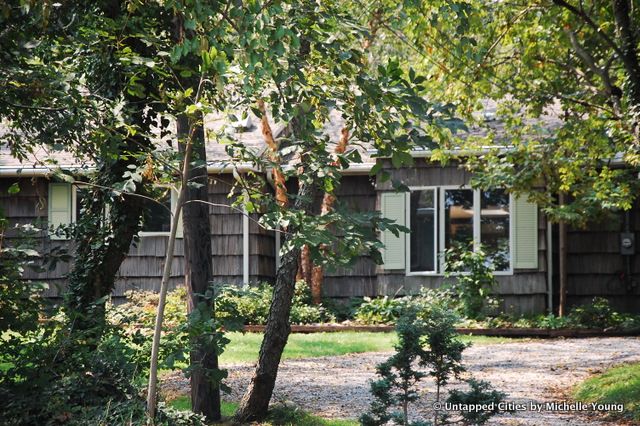
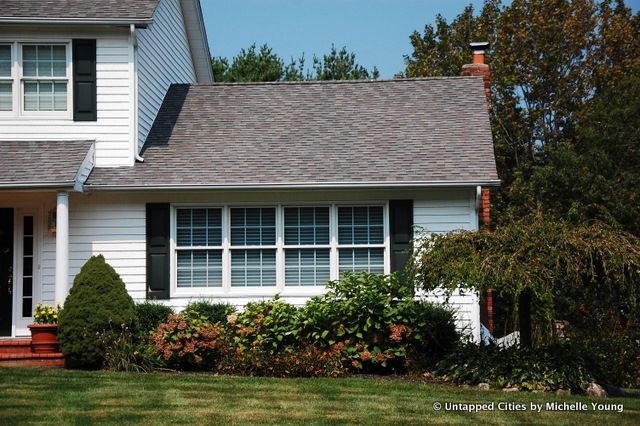
The Hop Skip:
In this house, the shutters exist only on one side of the far windows.
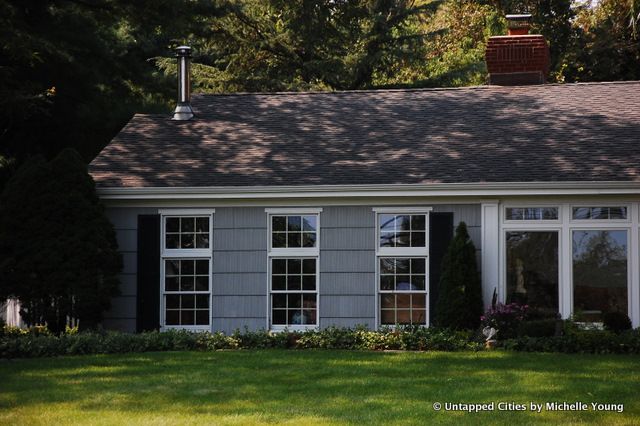
Returning to Cesar Pelli, modernity for him does not preclude being affordable. In fact, he includes affordability as one of the main criteria for being modern. For him, modernity is not defined by specific materials or aesthetic qualities but rather, the “authentic expression of contemporary construction.” Our task as architects and builders, Pelli puts forth, is to make a “special effort to understand the subtleties of our technology and to respond appropriately with our designs” to create an architecture that is “as rich, meaningful and loved as was the architecture of stone.” Now, that’s a worthy challenge.
Just as a reminder, here are some real window shutters all from the Revolutionary war or pre-Revolutionary period:
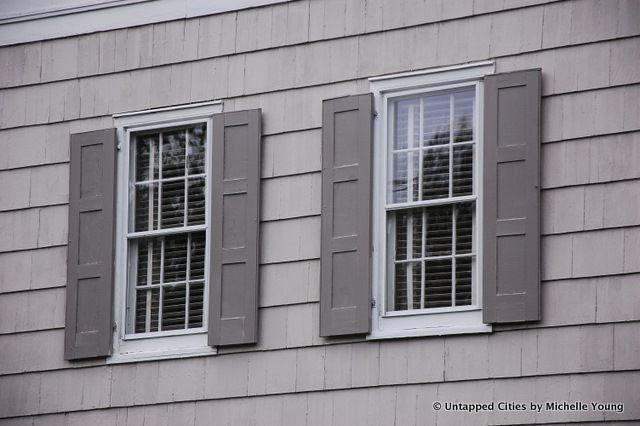
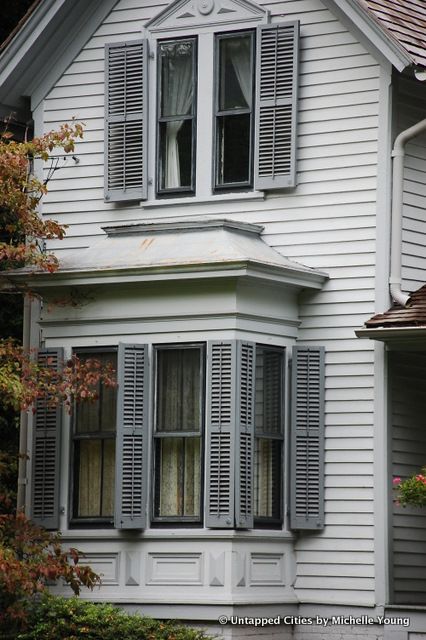
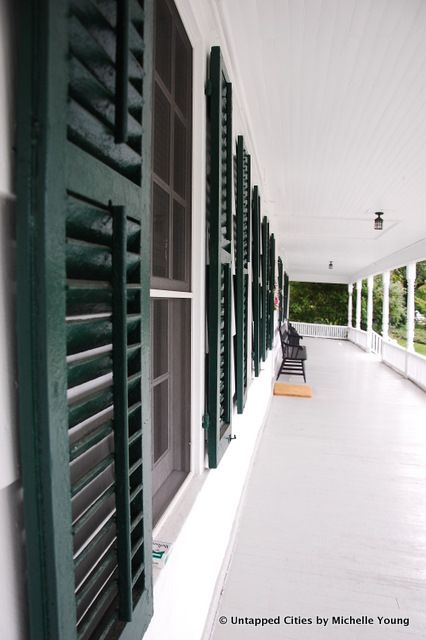
Subscribe to our newsletter